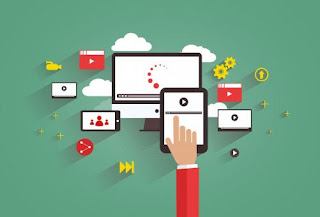It all starts with knowing your audience.
Enlightening Information
Understanding the audience is a quest for me. It began when I began in public media.
The quest began with failed fundraisers. I was thrown into the fire of fundraising early. It seems like days after I began as a volunteer. Actually, it was probably a few months. The question was, why aren't the phones ringing?
The quest was to better understand our audience, and through that understanding, gaining information on how to grow that audience. A larger audience might mean a growing relevance in our community and the ability to get listeners to invest in the programming. Some research was available within the public radio community. It was the early days of researching the audience. We found the audience to be incredibly small and fragmented. I questioned, "How can we consider ourselves to be a community service if nobody is listening? Are we a service if nobody is being served?
A Heretic?
I was deemed a heretic, impure, a philistine, an outlier. At one station there was even a palace revolt. Still, many of us were thirsting for more knowledge. We wanted to understand more. It was going to take a change in mindset to putting the audience first.
There were many more inside and outside the system who resisted any sort of understanding of the audience. The reasons varied. Most of them boiled down to a resistance to change.
The really cool parts of the research were the possibilities the information presented and that those changes might result in actually serving the audience. We were empowering change by increasing our understanding assessing the risk. Nothing was ever a slam dunk, but we were motivated by the information we garnered to move ahead anyway.
Real Growth (It's All About Audience)
Real growth comes from innovation. The research informed our decisions, but did not hold us back from trying new things and forming new partnerships with our community. The stations that provide the space for innovation continue to grow because of their continued creativity. Community service grew because of the focus on audience service. The stations I worked for that allowed creativity continued to grow long after I left. The innovation created by the talented staff shows everyday on the air. Today they are giving themselves a running chance for continued relevance in the changing media environment because they are willing to learn and to take risks.
The Point
Surprised?
Two findings stand out in the Relevant Brands article that changed my thinking about millennials. Social Media is not included in the top of the list. They are in the top 100, but not the top ten. The most surprising was that Kitchen Aid is at number three ahead of Apple, Google and Samsung. Kitchen Aid has remained relevant by innovating new products while still maintaining dependability and quality. They are connecting with millennials with their innovative use of Social Media. Kitchen Aid continues to connect with posted content on innovations, new products and creative ways to use their products.
Dare to be bold. Hire good people. Inform your staff while offering room to try things. The best thing I did was having really talented people around me while fostering their creativity.
BTW - We have two Kitchen Aid mixer. Does that make us hip?


























